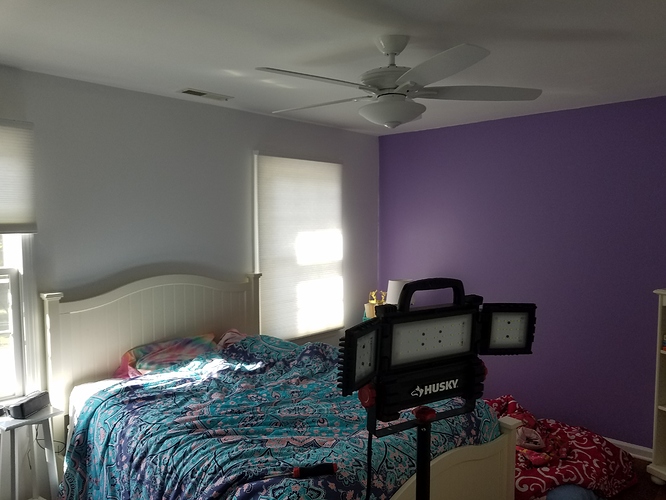Hi All,
I have been using higher protein keto diet for a while now, ever since I bought a CGM to prove Ted Naiman wrong, intending to prove that protein causes a blood sugar rise. I not only did not prove him wrong (no BS rise I could find), I decided I liked higher protein overall.
I, however, am not as religious as he is about it. He said on Twitter that he eats more protein in grams than in fat+carbs. I do not. For instance, I’ll eat a very high amount of protein for my lunches, particularly after lifting, but will eat whatever we have for dinner. If my wife makes bacon-wrapped chicken thighs, I eat those. I’m sure this doesn’t meet Ted’s P:E (protein:energy) ratio, or at least is “bad” on this chart:
Let’s do some calculations. His P:E of 2.5 (barely into the “fat loss” spectrum) is about 2.5g protein to 1g fat.
By comparison, Amber O’Hearn and others are advocating 1g protein to 2g fat. That’s about 0.5 P:E on Ted’s scale which puts one into the “fat gain” spectrum.
I’m thinking two weeks, one week of high P:E and one week of low P:E (high fat). I was originally thinking two weeks, with a one week washout period between them, but I realize that this is too long. For me to do this, I basically have to make all my meals myself. I typically make about 30% of the meals, and my wife makes the other 70%. This N=1 test would require making those myself and also eating completely differently from what the family eats. I also have to weigh everything, both food and myself. I currently do not test anything. No scale either for food or me, no ketones, no blood sugar, no nothing.
Here is what I plan to test:
- Blood sugar, probably using a FreeStyle Libre CGM, with pinprick blood strips too (the US model of FSL requires calibration with strips).
- Ketones using Keto Mojo, maybe 3-4 times per day.
- Scale weight
- Some official blood tests, one starting on Monday of the first protocol, one the next Monday when starting the second protocol, one the final Monday when ending the second protocol
- I may have a “diary” to record things such as constipation, overall feeling of hunger/fullness, or anything else
I was planning on being carnivore without dairy to remove possible complications.
My questions:
a) What blood tests should I get? I was thinking blood sugar, insulin. Not sure what else. I don’t think lipids would be useful.
b) Should I randomize selection of the two protocols? I currently eat some plants, so I was thinking if carnivore causes a benefit, and that benefit occurs the second week, then it could be carnivore, not the protocol.
c) How the heck do you get a 1g protein to 2g fat meal? A rib eye is only 1g protein to 1.26g fat, which means I’d need to get more fat:
Even pork shoulder, which I’ve always thought was very fatty, only has 17.5g protein and 12g fat in 100g:
d) How do I factor in the quality of food, or can I? For instance, to eat high protein, I will often eat beef liver, beef heart, shrimp, mussels, etc. Those are very nutrient dense and more dense than, say, rib eye. In other words, if I ate beef liver when trying to get high fat, I really have to add a lot of fat.
e) I typically try to get in one 36 hour fast and one 22 hour fast (basically OMAD, though sometimes this turns into a time range and not a single meal), and then two meals a day on all other days. I follow my body and eat when hungry. I was planning on doing this during both tests, but I’m not sure whether this would be helpful, as then the tests are going to be 6 days instead of 7. However, these plans also have to fit into my lifestyle, and this is currently my lifestyle. Do I drop the 36/22 hour fasts.
Here’s what I guess will happen: I won’t like either one. I think Ted’s high protein is too restrictive for most people. In the past when I’ve eaten high fat, I have had digestive issues, and I think the lack of protein is troubling to me.
I’ll update this with calculations for a 2,500 calorie a day diet for both the above, though right now, I’m having difficulty calculating that.  I think my run this morning is getting to me, as I’m getting hungry. I may not come back to this for a while, as we have a busy weekend (painting patches on walls, closing the pool, seeing a movie, going to an amusement park, church…).
I think my run this morning is getting to me, as I’m getting hungry. I may not come back to this for a while, as we have a busy weekend (painting patches on walls, closing the pool, seeing a movie, going to an amusement park, church…).





